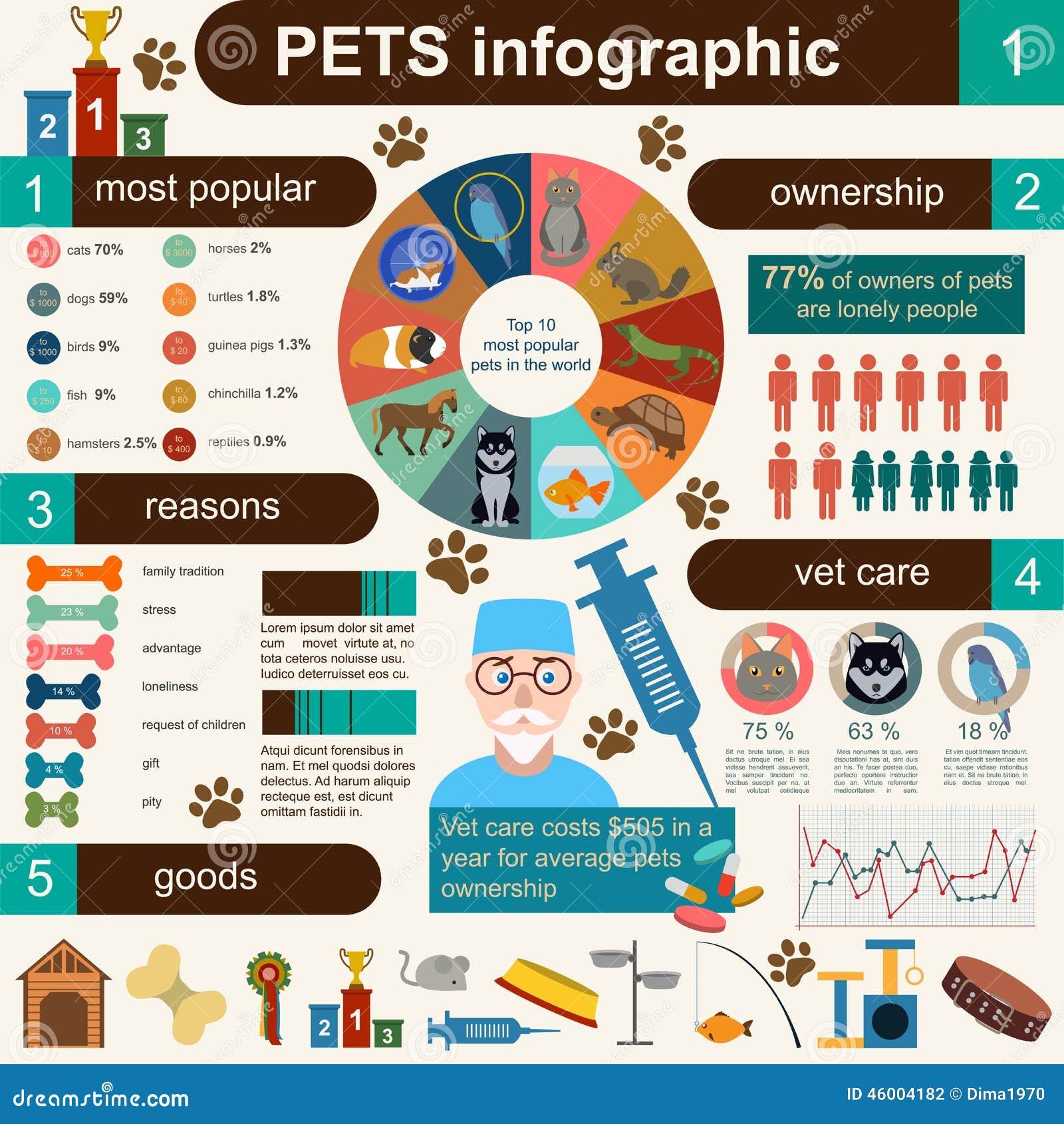Dog Daycare Best Practices
Dog Daycare Best Practices
Blog Article
Is Pet Dog Daycare Stressful?
Numerous pet dogs enjoy childcare and enjoy to be with their hair siblings all day. However, for some dogs it can be difficult.
Look for a facility with certified trainers and behaviorists that are on the floor whatsoever times, monitoring the group play. This is especially essential for canines who are reactive, show resource securing or come to be antisocial or compulsive.
1. Congestion
For numerous canines, daycare is a positive experience that gives physical and psychological exercise to burn off pencil up power. Nevertheless, the influx of new pets, scents and atmospheres can be overwhelming for some dogs.
Pets must be paired with other pets that are comparable in size, age, socialization and play design to make sure security and avoid overstimulation. However, congestion is common at dog childcares and can trigger character clashes and bullying that cause injuries.
Ask what safety measures the facility requires to maintain your pup secure. For instance, is there an exterior area for canines to leave the groups? Does the center have normal breaks for your dog to soothe their nerves? Ask what type of first aid and CPR training staff members have and if they recognize with administering drug to your pet dog. Also, it's important to see to it your pet dog's food and medications remain in an identified bag that daycare team can swiftly access.
2. Adjustments in routine
Completion of summer is coming and with it comes large modifications as kids return to institution and individuals return to their job routines. This can be stressful for your dog. They'll miss all the walking and playtime you do with each other and may begin to feel bored. Their actions may change as well, such as excessive barking or devastating habits.
Dogs enjoy regular, so a sudden change in their daily routine can trigger them stress. Make certain to plan in advance and gradually modify your feeding and walk times in the weeks leading up to back-to-school. This will certainly assist your dog adjust to their brand-new schedule and lower any type of undesirable actions.
Day care is a superb way for pets to get lots of physical and psychological exercise, particularly if they are young or energised. They also get socializing experiences that will develop self-confidence and good behaviors, which can help them handle the anxiety they might experience from points like trips to the vet, brows through to your home or office and other difficult events.
3. Separation anxiousness
The drop off and pick up process can be a little bit stressful for canines, particularly when it's the very first time. Several dog day cares use a regular day-to-day timetable, and over time this assists family pets really feel comfy and secure while they're away from their owners.
Structured playtime, structured rest periods and routine treat times all help canines establish a feeling of experience and predictability. This, incorporated with positive reinforcement, helps relieve splitting up stress and anxiety symptoms.
Socialization likewise maintains dogs physically and emotionally occupied, which can make them much less responsive to stress factors when they're home. This, in addition to positive reinforcement, helps to minimize anxiousness and increase self-confidence.
4. Unsupervised play
Pet dogs that are not interacted socially regularly can come to be anti-social-- this is typically viewed as dog hostility. This can take place even in a well-managed day care setup, so be sure to view the pets very carefully. Look for a ratio of 11 or much less pet dogs to flooring people. Personnel ought to be playing and engaging with the dogs, not sitting at their workdesks or staring at their phones.
The facility needs to have a quiet location where the pet dogs can unwind and recharge between play sessions. This is especially important for high-energy breeds that need to burn off extra energy or low-energy older canines.
Ask the personnel what they do to maintain the pet dogs soothe. They ought to utilize positive reinforcement (praise, stroking, play) and never utilize physical penalty or aversives. They need to also be trained in family pet emergency treatment and CPR. Finally, the center should have an effective procedure board and training dog for feeding times to stop food aggression.